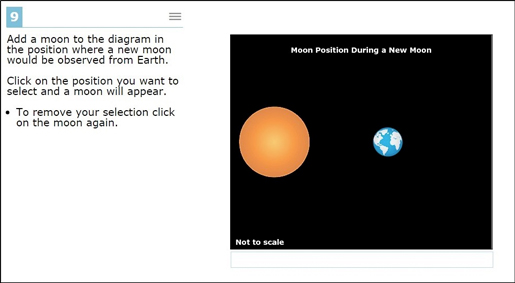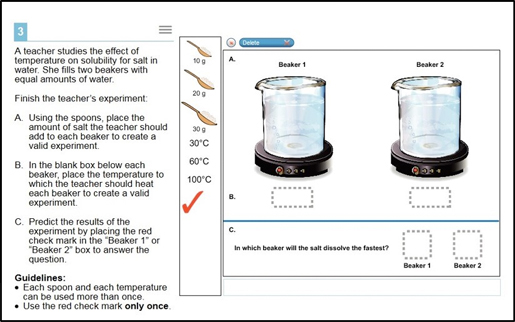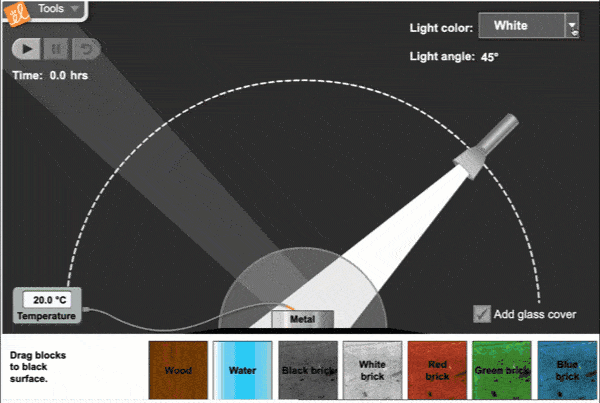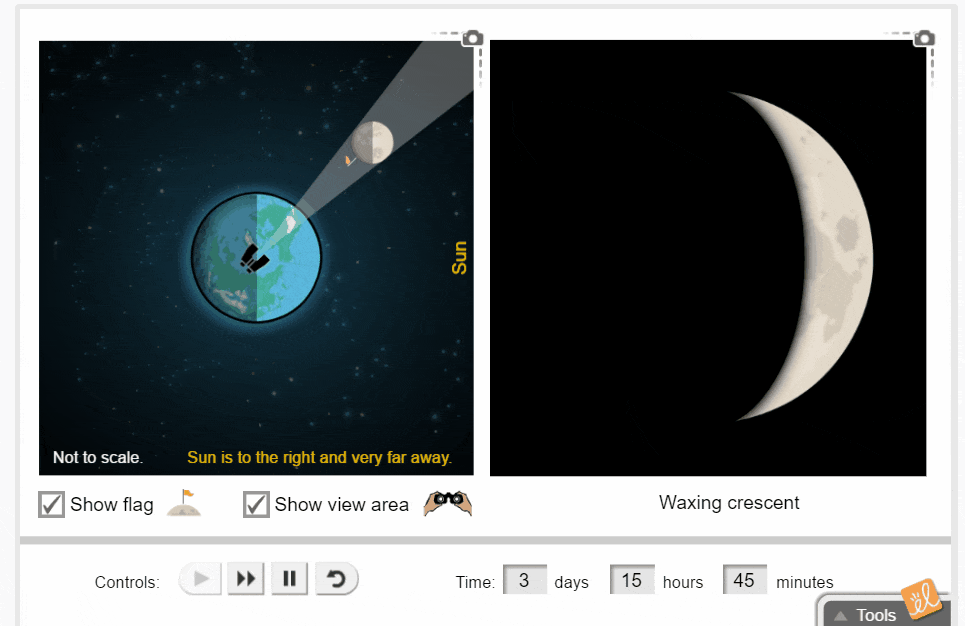- Home
- Insights
Using Simulations to Prepare for Computer-Based Assessments

Computer-based assessments in science and math as well as other content areas have moved beyond traditional multiple-choice questions to become more interactive. Most states test student knowledge with computer-based assessments, which call for students to find the correct answers by moving data points, dragging objects, or adjusting aspects of an image.
Students must do more than simply provide an answer or select vocabulary word definitions. They have to actually understand what the questions require and provide evidence and reasoning to support their answers. To prepare for interactive assessments, educators have to reexamine teaching methods and find ways to ensure students are both comfortable with the technology and understand the material.
Getting comfortable with technology
The less experience students have with technology tools before taking computer-based assessments, the worse their scores are across all grade levels and demographics. To help them get more experience, students must use these tools for more than just testing.
 A 2009 National Center for Education Statistics study used the National Assessment of Educational Progress (NAEP) given in Grades 4, 8, and 12. In 2009, they administered a computer assessment and completed a study related to the assessment results.
A 2009 National Center for Education Statistics study used the National Assessment of Educational Progress (NAEP) given in Grades 4, 8, and 12. In 2009, they administered a computer assessment and completed a study related to the assessment results.
In the science portion of the NAEP, the study found that students were successful when looking at limited data sets and making straightforward observations with the data. It became more difficult for students when investigations had more variables or when they needed to make strategic decisions to collect their data. Students did satisfactorily when asked to select correct conclusions about an investigation, but had a great deal of difficulty explaining the results.
Depth of knowledge and understanding of concepts
With most assessments using technology now, teachers must plan lessons that give students the opportunity to become more strategic with their decisions about multiple variables and get practice in providing evidence to support their conclusions. This can be done with ExploreLearning Gizmos, whose interactive design helps students manipulate variables. With the simulations, students can explore, analyze data, and apply new concepts at a deeper level.
Interactive test questions look a lot like simulations or ExploreLearning Gizmos. For instance, in a question for fifth-grade students in Ohio, students are asked to analyze a doghouse design and recommend changes to make the house cooler in the summer. They then have to explain how those changes would keep the inside cooler.

ExploreLearning’s Heat Absorption Gizmo有学生在各种发光手电筒吗terials and measure how quickly each material heats up. Students can manipulate the light angle, light color, and type and color of material. The Gizmo helps students understand that an object has a certain color because it reflects light of that color and allows them to compare the relationship of the heating of objects to different colors of light. Students can also add a glass cover to simulate a greenhouse or the roof of a building and measure the effect of using a dome over heated material. These are both essential concepts for those students as they analyze a doghouse design to recommend changes to the doghouse.
Another fifth-grade question, this one from Utah, asks students to add the Moon in the correct position for a New Moon.

In thePhases of the Moon Gizmo, students observe the Moon, Earth, and Sun and learn how their positions are related to the phases of the Moon. Students can model a New Moon by dragging the Moon directly between the Earth and the Sun themselves, and can continue investigating each phase of the Moon. Upon completion of the Gizmo, Utah students could easily complete the assessment diagram by selecting the correct position of the moon during the New Moon phase.
An eighth-grade physical science question from Oregon asks students to set up a controlled experiment on the effect of temperature on solubility for salt in water. Students have to know how to set up the experiment and how to predict which beaker will dissolve salt the fastest.

TheSolubility and Temperature Gizmoallows students to measure the effect of temperature on the solubility of two different substances, including salt, by adding varying amounts of a chemical to a beaker of water to create a solution and then measuring the concentration of the solution at the saturation point. As students design and perform their experiments to test how temperature affects solubility, they discover that an increase in temperature has a greater effect on the solubility of potassium nitrate than on sodium chloride. This Gizmo helps students gain a deeper understanding of how temperature affects solubility and gives them practice in designing controlled experiments, collecting data, and analyzing the data to support their conclusions.
Think and act like scientists
As state assessments continue to move solely to computer-based formats, it is clear that teachers need to use technology in their instruction to help move students to an assessment world that includes questions that require more fully constructed responses.
Gizmos were designed to support just that kind of instruction.Sign up for a free accountto try out Gizmos in your school or classroom.
Pass it on!


